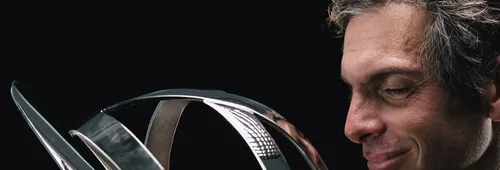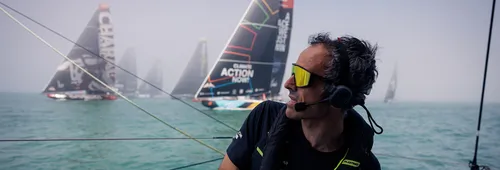The Vendée Globe aims to use the media impact of the event to raise public awareness of ocean conservation throughout the round-the-world race. By sailing around the world, the Vendée Globe sailors are highlighting the fragility of our oceans faced with global warming. They are direct witnesses to the changes underway, particularly around Antarctica, a region that is under particular threat.
News feed
- Armel Tripon has launched her new IMOCA Les P’tits Doudous
- Sam Goodchild, 2025 IMOCA Globe Series Champion
- Sébastien Marsset presents a unique sponsorship model
- Paul Meilhat and his crew win TORE aboard Biotherm
- Before the Big South in 2028, the Far North in 2026! The Vendée Arctique unveils its new route
- Sam Goodchild wins the Azimut Challenge with Macif Santé Prévoyance
- Nico d'Estais and Café Joyeux, a new project for the 2028 Vendée Globe!


Culture VG
The Vendée Globe is a single-handed, non-stop, non-assisted round-the-world sailing race that takes place every four years. It is contested on IMOCA monohulls, which are 18 metres long. The skippers set off from Les Sables-d'Olonne in Vendée and sail around 45,000 kilometres around the globe, rounding the three legendary capes (Good Hope, Leeuwin and finally Cape Horn) before returning to Les Sables d'Olonne. The race has acquired an international reputation, attracting skippers from all over the world. Beyond the competition, it is above all an incredible human adventure.









